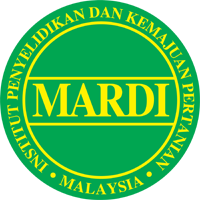M.B.A. Ghaffar, A.B Norliza, J. Pritchard3 and B.V. Ford-Lloyd
Abstract
Recent development in rice genomics has greatly facilitated new technologies to be used to decipher the complex resistance mechanisms to rice brown planthopper (BPH), Nilaparvata lugens (Stal). In this study, microarray analysis using a 44K Agilent chip was conducted on 12 rice varieties having different levels of BPH resistance. Results revealed the presence of differences in expressed genes between resistant and susceptible varieties which coincide very well with the previous physiological results obtained via Electrical Penetration Graph (EPG) and honeydew clock experiments. A total of 21,556 probes passed a statistical filter using the quantile method. A total o 239 probes were identified as being significantly different in expression between the resistant and susceptible varieties. The expression of 89 genes was up-regulated while 150 genes were down regulated. Some of the genes identified were highly correlated with the phenotypic data obtained in earlier studies. Among them are hexos transporter (stp1) (R = 0.71) and glutamate receptor protein GLR3.4b (GLR3.4) (R = – 0.69) genes which are highly correlated with the phloem ingestion EPG waveform type. The microarray analysis on the 12 rice varieties and the potential candidate genes that may play their roles in BPH resistance for future study were discussed.
Full Text (390 KB)








